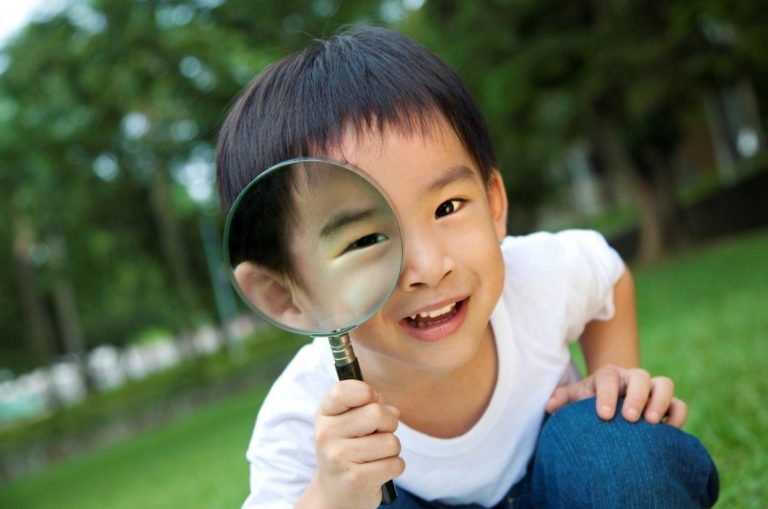Children are naturally active and have limitless energy that needs to be released. With all that pent up excitement, it can be hard for a child to sit and focus on a lesson. Thankfully, play is a great way for young children to learn. Any environment can become a place of learning; whether it is a trip to the grocery, a day at home, or a walk in the park. Letting a child be silly doesn’t mean that they aren’t listening. In fact, if a child is engaged in the activity, whether it is through play or classroom-based, they are more receptive to learning. Playtime can be looked at in an entirely new way as an opportunity to make learning more enjoyable.
Hands-On Art
Consider inviting an artist to instruct children in a project. An artist can teach children that there are many different types of art and materials used to make it. A teacher or parent can further use art as a medium for learning. Take Playdoh, for example. It can be used to create letters, numbers, shapes, and animals. Children can learn about different textures, how colors can be changed, the basics of structure, and so much more. A goal or theme can be given to the children to give them a jumpstart or they can be allowed to create freely with a variety of materials as an adult provides oversees the project.
Outdoor Play and Science
The backyard, playground, park, or the neighborhood are all excellent locations to learn about all kinds of science in their basic forms. A simple walk is a gateway to observe the natural surroundings and talk about what the child sees. Point out animals, plants, trees, and compare them with nonliving items like cars and houses. Keeping with the biology theme, create a backyard exploration adventure where children are encouraged to get dirty while learning. They can fill a bucket with rocks, plants, or bugs and look at the items under a magnifying lens or microscope to learn about how everything is comprised of smaller parts like molecules. You can also help them discover how many ingredients are in the soil.
A trip to the playground creates the opportunity to learn about gravity, motion, types of energy, and anatomy. As the children participate in free play, ask them what part of their body is being used to swing, climb a ladder, or do the monkey bars. The adult can then expand on the topic to discuss muscles, joints, and tendons that all work together to help the child can do that activity. As they run and jump, discuss how gravity pulls them back to the ground and how running is a type of kinetic energy.
Encourage Dramatic Play
There are many benefits of dramatic play like problem-solving, using the scientific process, promoting an active imagination, and teamwork. First, the adult can read the child a story then ask them to act it out. The child will then display their listening comprehension by showing the story as they heard it. Another idea is to give the children a problem that they can solve by acting out the steps. Kids love a challenge and an audience, so praise their show and ask questions to encourage deeper thinking.
Board Games Get Kids Thinking
Children and adult board games are an ideal setup for learning. Keep in mind the level of difficulty if following the traditional rules, but games can be modified to suit the right audience. Problem-solving, probability, strategy, counting, and matching are all common skills that are practiced with board games. Team-building skills and family bonding are additional benefits of playing games together as a group, and card games are definitely a fun way to learn math!
Learning through play has been proven to be an effective method. Children are more engaged and enjoy lessons while they play. They might not even realize that they are learning because of how much fun they are having. Creating art, exploring the outdoors, dramatic play, and board games are four simple and fun ways to promote learning.

0 Comments